SUMMARY
This is AI generated summarization, which may have errors. For context, always refer to the full article.
MANILA, Philippines – Who knew a doll could be so dangerous?
This soft, peacefully slumbering doll–perfect for toddlers–is the most toxic of the 200 toys surveyed by green group EcoWaste Coalition for toxic metal content.
It contains 23,200 parts per million (ppm) of lead, alarmingly surpassing the 90 ppm limit for lead set by the Department of Trade and Industry and US Consumer Product Safety Commission. It also registered 8,909 ppm of chromium, 1,441 ppm of arsenic (a chemical found in pesticides nd car batteries) and 655 ppm of cadmium (a substitute for lead).
The doll is just one of the toys with high levels of toxic metals being sold in stores in Manila.
In preparation for the Christmas season when products like these appear most often in stores, EcoWaste Coalition conducted a sampling of toys being sold in formal and informal toy stores in Divisoria, Ermita, Paco, Malate, Quiapo and Sta Cruz.
Of the 200 assorted toys the group bought worth P10 to P180 each, 94 or 47% were found to contain one or more toxic metals above regulatory limits which increases the harm they pose to customers. The toxics found were arsenic, cadmium, chromium, lead and mercury.
The group used a handheld X-Ray Fluorescence (XRF) spectrometer to detect the harmful substances.
Harms to health
Lead, the most harmful metal, was found in 76 of the toys, reported the group during a September 25 press conference.
A yellow “Winnie the Pooh” toddler’s chair, the type commonly used in daycare centers, was found to contain the most number of lead: 26,900 ppm.
Lead exposure in children through ingestion, inhalation or dermal contact can result in mental retardation, learning difficulties, lower intelligence quotient scores, growth delays and behavioral problems, anemia, hearing loss and kidney injury, according to toxicologist Bessie Antonio.
“Lead is directly ingested by kids when they put their hands or toys that may contain lead paint or dust in their mouths. Their immature body organs and systems are still developing and are very susceptible to the damaging effects of lead and other toxicants,” she added.
The group also observed that most of the toys did not have labels of chemicals or materials used to make the toy. The product labels they spotted revealed that 20 of the toys had “license to operate” numbers, indicating that a majority of the toys did not go through registration procedures and the few that did got away with harmful toxic content.
Here are tips for consumers and Christmas shoppers to avoid buying toxic toys:
1. Stay away from toys with flaky paint as they are likely to contain lead.
2. Read the labels of the toys for substances and materials it contains. If there is no label, ask the store staff.
3. Find out if the toy-seller, distributor and manufacturer of the toy have licenses to operate.
4. Keep receipts so you can present them when you make a complaint.
5. Notify the Food and Drug Administration and Department of Health if you find toys with toxic content.
Laws needed
The findings strengthen the urge of environmentalists and health advocates for stricter laws banning toxic toys.
The Toy and Game Safety Labelling Act of 2013 (Republic Act 10620), signed into law by President Benigno Aquino III only last September 3, still lacks Implementing Rules and Regulations. The FDA and DOH need only convene stakeholders to finalize the IRR that would give the law teeth.
The Coalition is also appealing for bipartisan support to House Bill 62 filed by Representative Anthony Del Rosario and Senate Bill 1095 filed by Senator JV Ejercito, or the proposed “Safe and Non-Toxic Toys Act of 2013.”
Top 14 toxic toys
These particular samples of toys commonly found in stores in Manila were found to contain the highest level of toxics:
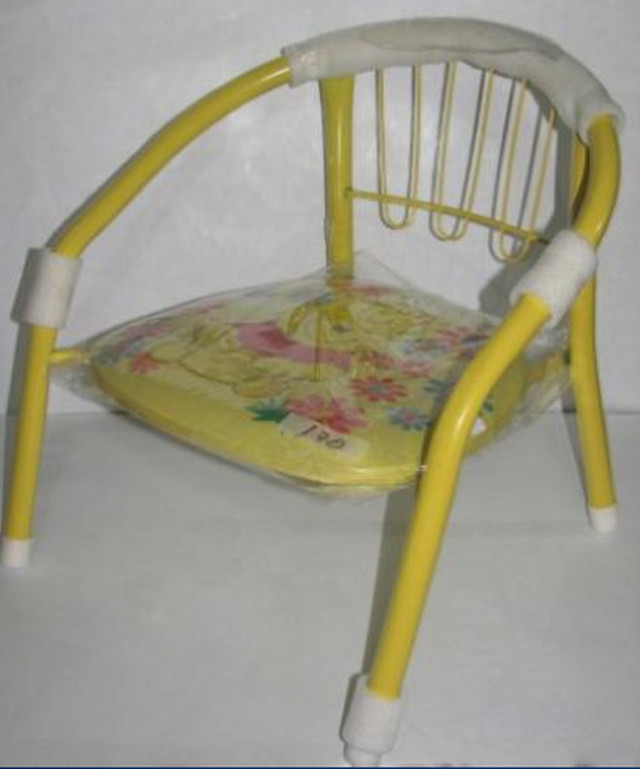
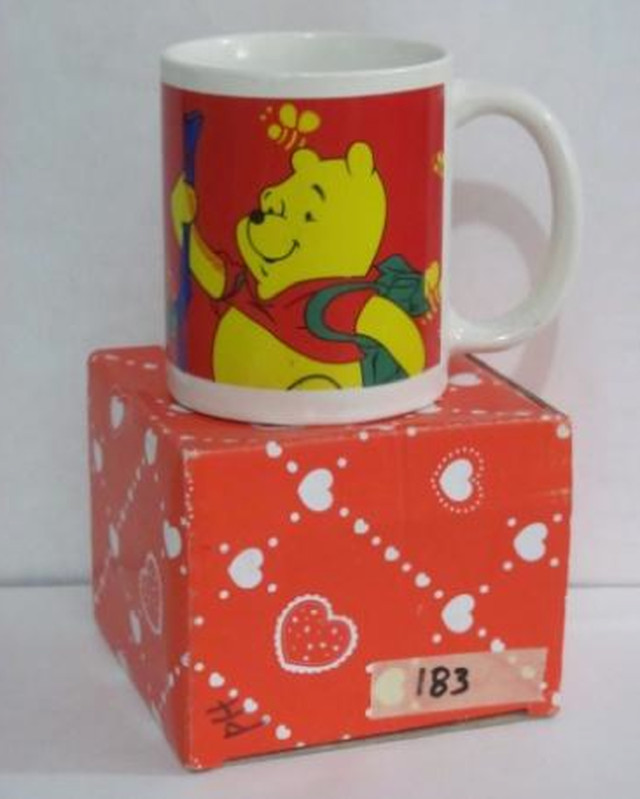
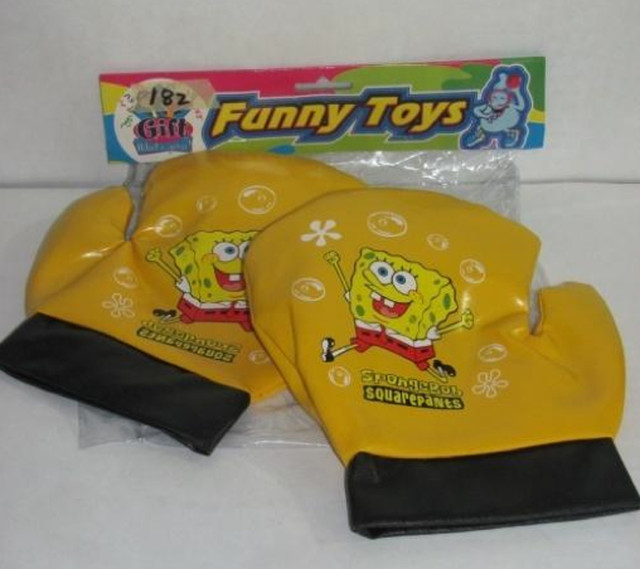
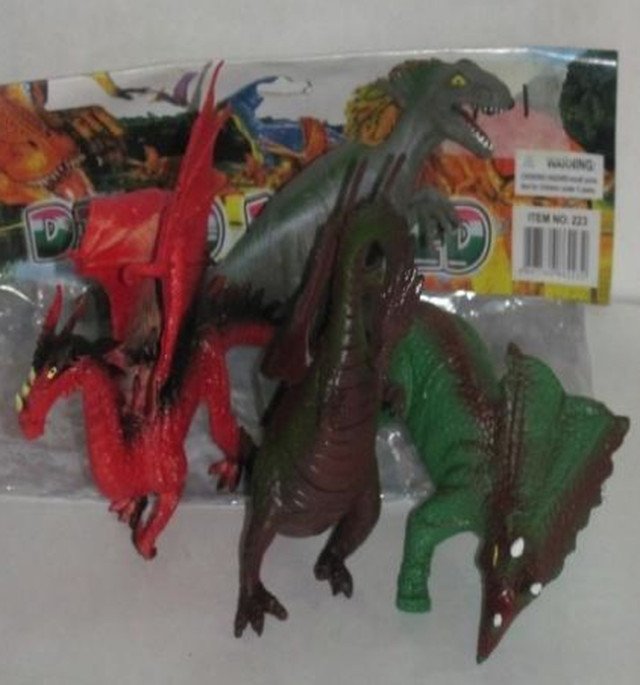
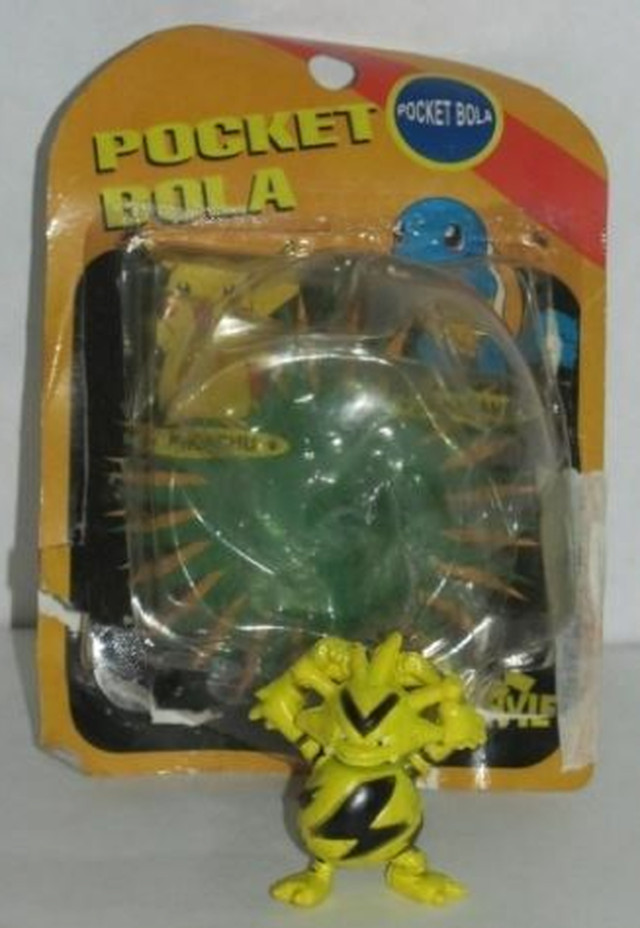

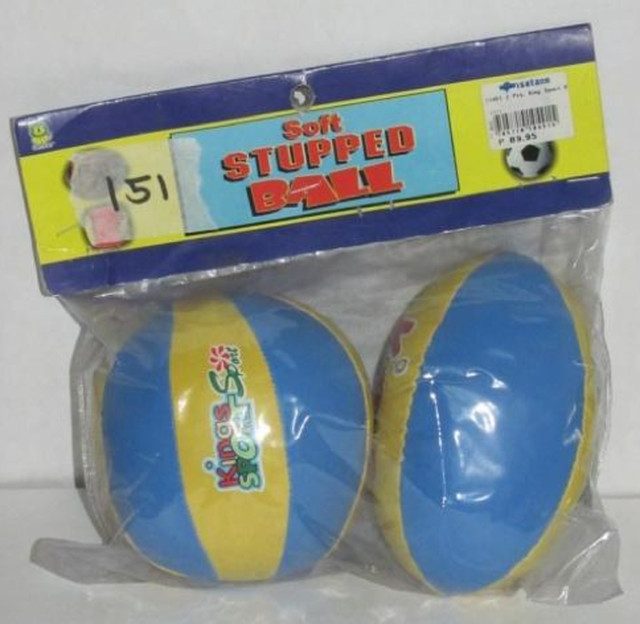
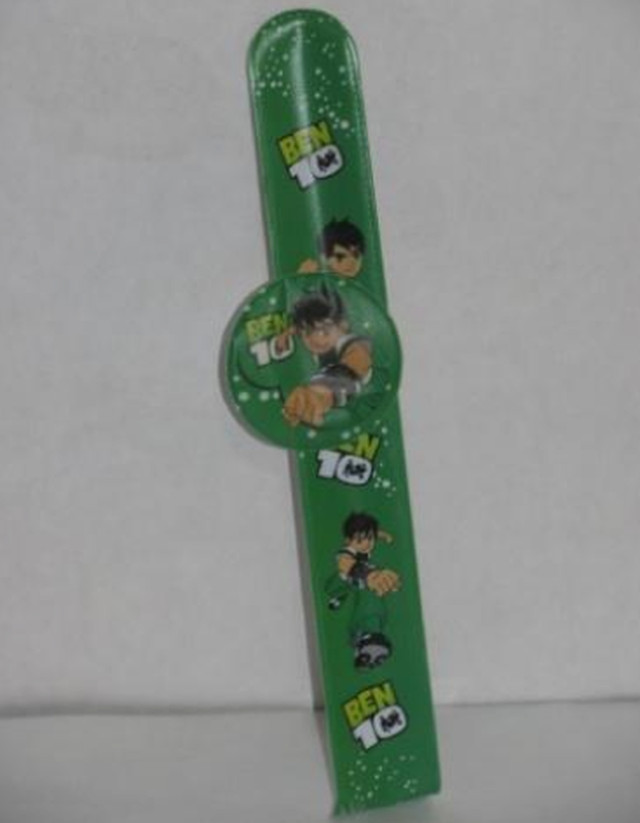
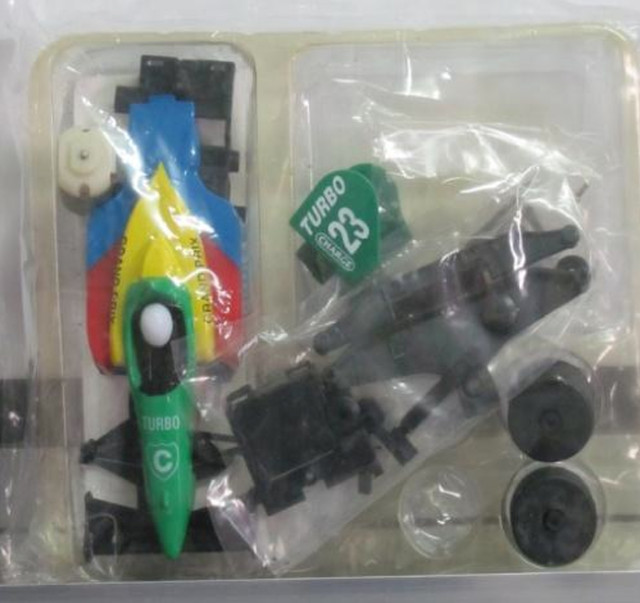
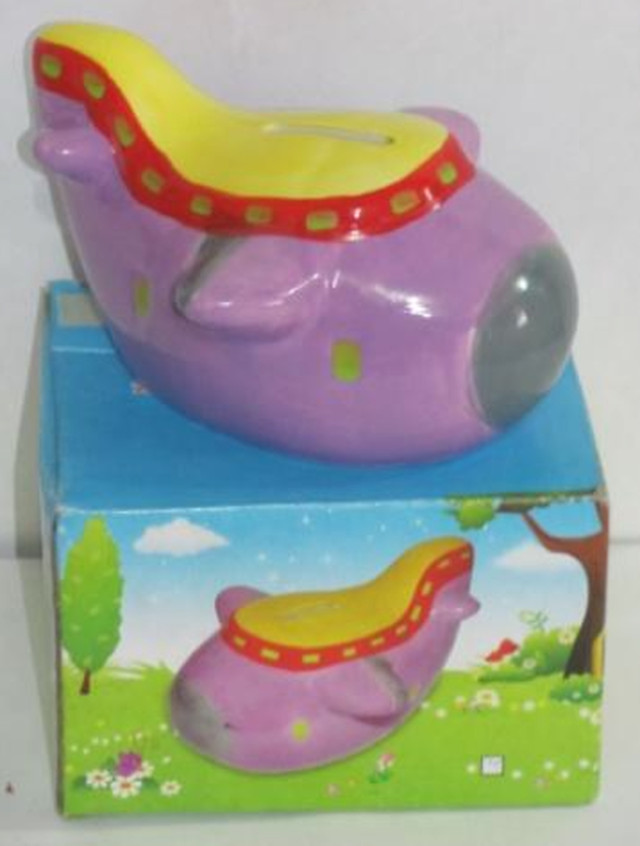


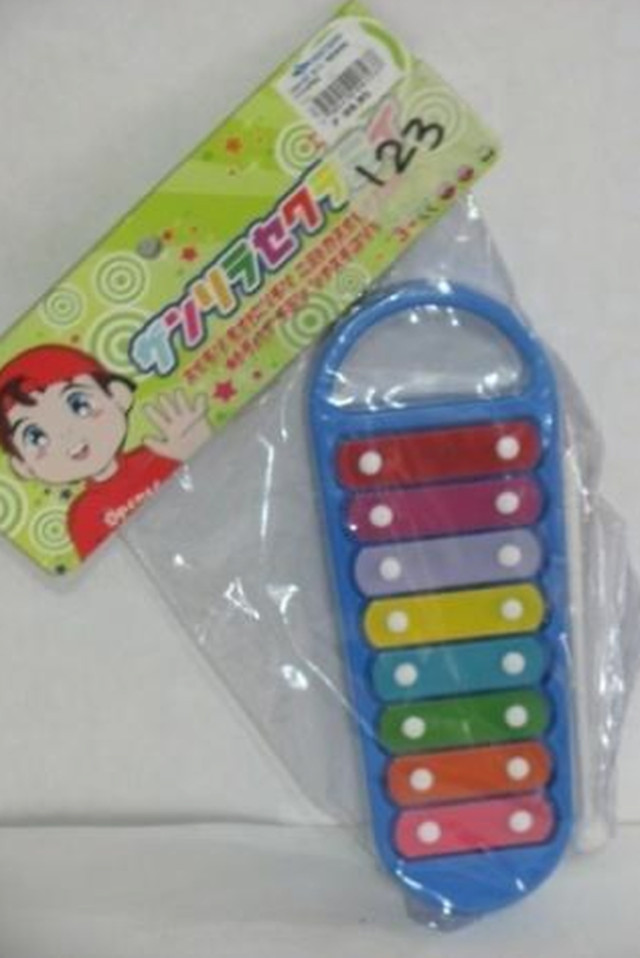
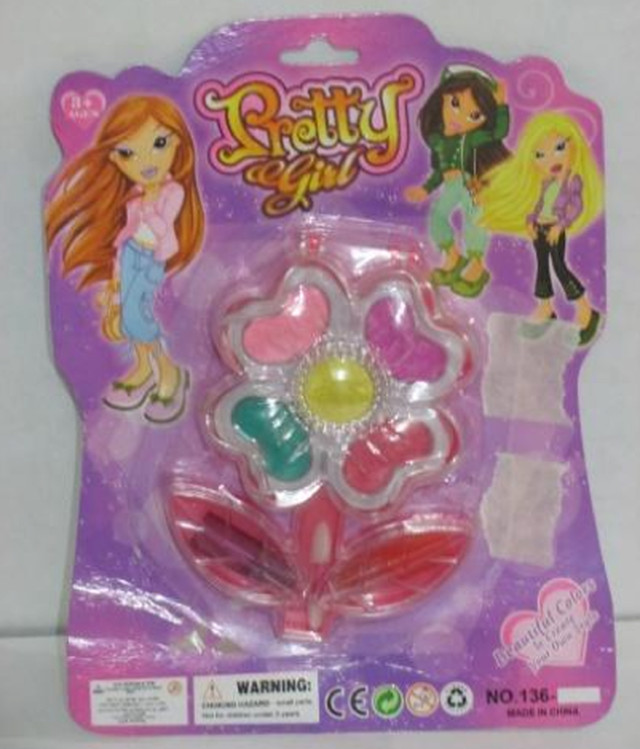
– Rappler.com
Add a comment
How does this make you feel?
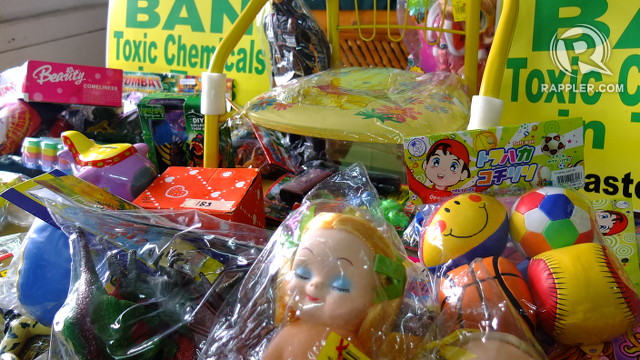
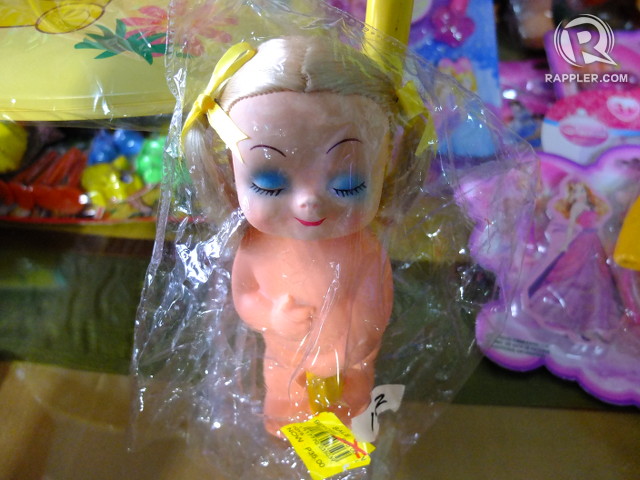
There are no comments yet. Add your comment to start the conversation.